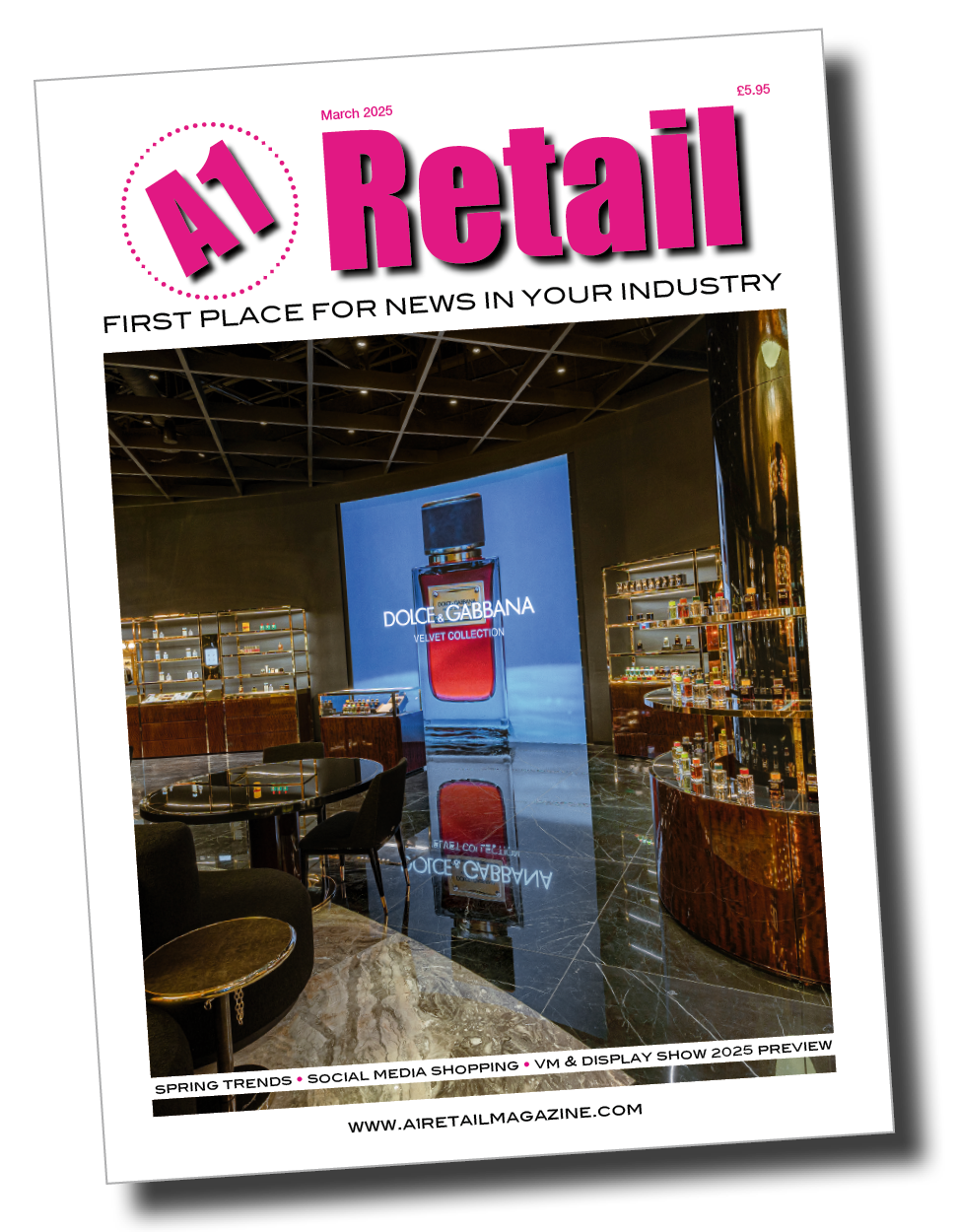
- Furniture and Homewares revenue increased by 22 percent year-on-year.
- Gifts, Gadgets & Gaming saw a 65 percent revenue rise per domain.
- Jewellery mobile orders comprised 81 percent of total purchases.
- Health, Beauty & Cosmetics revenue declined by 19 percent.
Mother’s Day 2025 has highlighted a significant shift in UK consumer behaviour, with a clear move towards thoughtful and enduring gifts. E-commerce data from Visualsoft reveals notable trends across various retail sectors during the two weeks leading up to Mother’s Day (17th – 29th March 2025).
Revenue rising for practical gifts
The Furniture and Homewares sector experienced a 22 percent increase in revenue compared to the same period in 2024, indicating a growing preference for gifts that enhance living spaces and offer long-term value. The Gifts, Gadgets and Gaming sector saw a 65 percent rise in revenue per domain year on year, with conversion rates climbing from 2 percent to 4 percent, suggesting increased interest in unique and personalised presents. Jewellery sales grew by 2 percent, with mobile orders accounting for 81 percent of purchases, highlighting the continued appeal of luxury items and the convenience of mobile shopping. Conversely, the Health, Beauty and Cosmetics sector experienced an 19 percent decline in revenue in 2025, indicating a shift away from traditional gifts in this category.
Jen Pollard, Senior Analyst at Visualsoft, commented: “This Mother’s Day, we’ve observed a meaningful shift in consumer behaviour. Shoppers are increasingly choosing gifts that offer lasting value and personal significance. They want good deals and products that will last. Consumers are still watching their spending, and want to know their money is being spent on things of real meaning and longevity.”
A range of delivery options is key
The data also reveals that many sectors saw peak shopping days approximately a week prior to Mother’s Day. Both Fashion and Furniture, Home Furnishings and DIY experienced their peak sales on the Monday before Mother’s Day, while Gifts, Gadgets, Gaming and Health, Beauty and Cosmetics peaked on Tuesday. Jewellery saw its peak on Wednesday, possibly indicating a trend towards last-minute purchases enabled by next-day and two-day delivery options.
Average Order Values vary wildly
The average order value (AOV) varied across sectors. Fashion’s AOV increased by 82 percent, from £52.61 to £95.52, suggesting that consumers are willing to invest more in quality items. Conversely, Furniture, Home Furnishings and DIY saw a 7 percent decrease in AOV, from £223.14 to £206.58, which may reflect a focus on smaller, more affordable home improvements. Gifts, Gadgets and Gaming experienced a 15 percent increase in AOV, from £34.28 to £39.51, indicating a willingness to spend more on unique gifts and experiential opportunities. Yet traditional sectors Health, Beauty and Cosmetics and Jewellery saw slight decreases in AOV, at 7 percent and 4 percent respectively.
Jewellery winning on mobile
Mobile versus desktop sales also showed interesting trends. Jewellery had the highest percentage of mobile orders at 81 percent, suggesting that consumers prefer the convenience of mobile shopping for these items. Fashion followed with 58 percent of orders placed via mobile. Other sectors, such as Furniture, Home Furnishings and DIY (28 percent), Gifts, Gadgets and Gaming (31 percent), and Health, Beauty and Cosmetics (48 percent), saw lower percentages of mobile orders, indicating that consumers may prefer desktop shopping for more considered purchases.
Conversion rates improving
Conversion rates, which measure the effectiveness of turning site visitors into buyers, improved in several sectors. Gifts, Gadgets and Gaming saw a significant increase of a relative 68 percent improvement. Jewellery and Furniture, Home Furnishings and DIY also experienced positive changes, with conversion rates rising a relative 19 percent and 15 percent respectively. However, Health, Beauty and Cosmetics saw a decline in conversion rates of a relative 54 percent decrease, suggesting a reduced consumer interest in this sector during the period resulting in poorer performance than seen in previous years.
Consumers preferring to pay upfront
The data also shows a decline in the use of Buy Now, Pay Later (BNPL) services across most sectors, with the exception of jewellery, which saw a 14 percent increase. This suggests that consumers are becoming more cautious about using deferred payment options, possibly due to concerns about managing multiple payment plans. People increasingly seem to be opting for paying for things out right, or with express checkout options.
Jen Pollard added: “The insights from this Mother’s Day underscore the importance of retailers aligning their offerings with evolving consumer preferences – good value and easy to buy. By focusing on products that provide lasting value and by facilitating convenient shopping experiences, retailers can better meet the expectations of today’s shoppers. These are trends we saw over Valentine’s Day, Christmas and Black Friday, so seem to be lasting preferences rather than a one-off event.”
Image courtesy of Unsplash. Photo credit: Xavier Mouton Photographie.










